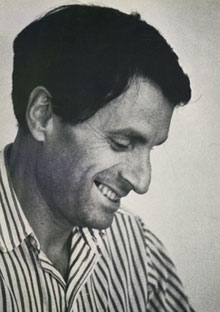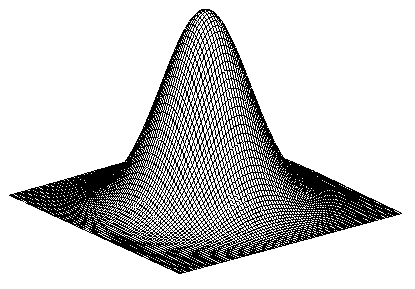In his early years in Greece during the Second World War, the composer Iannis Xenakis was involved with the Greek resistance; first against the German occupation and later with the Communists against the British. During a battle, he was struck by the shell of a Sherman tank and lost an eye and a portion of his face. On learning that many of the Greek communists were being put in concentration camps by the government and that his fellow army members had implicated him as a spy, Xenakis escaped to Italy and later Paris where he completed a degree in civil engineering finding work in the architectural firm of Le Corbusier. With Le Corbusier he collaborated on projects such as the Philips pavillion at the Brussels World's Fair, the Couvent de Tourette and the planned city of Chandigarh in India. Throughout it all Xenakis had a desire to write music and approached composer Olivier Messiaen at the Paris conservatory for lessons. In an odd decision, Messiaen suggested not that the young architect study the traditional disciplines of harmony and counterpoint, but rather work with the mathematical ideas that were his bread and butter. Thus began Xenakis' compositional career.
Achorripsis is a prime example of Xenakis's use of mathematical concepts to compose music. It begins with the proposition that if a certain number of instruments are placed in a room, there is a probability that they will create sounds. To create the work, Xenakis uses Poissson's Law (a mathematical principle used to describe the probability of "relatively infrequent events" occuring within a given time). Put simply, Xenakis divided the musical score into a matrix comprised of 196 cells. Using Poisson's equation he determined the number of cells with events and distributed those events in accordance with Poisson's formula. Thus he had a grid of events in time. To determine the events, Xenakis used a much more complex mathematical process known as the Gaussian distribution.
I will leave it to you, the listener, to gauge the musical results.
|

Iannis Xenakis (1922-2001)
|


